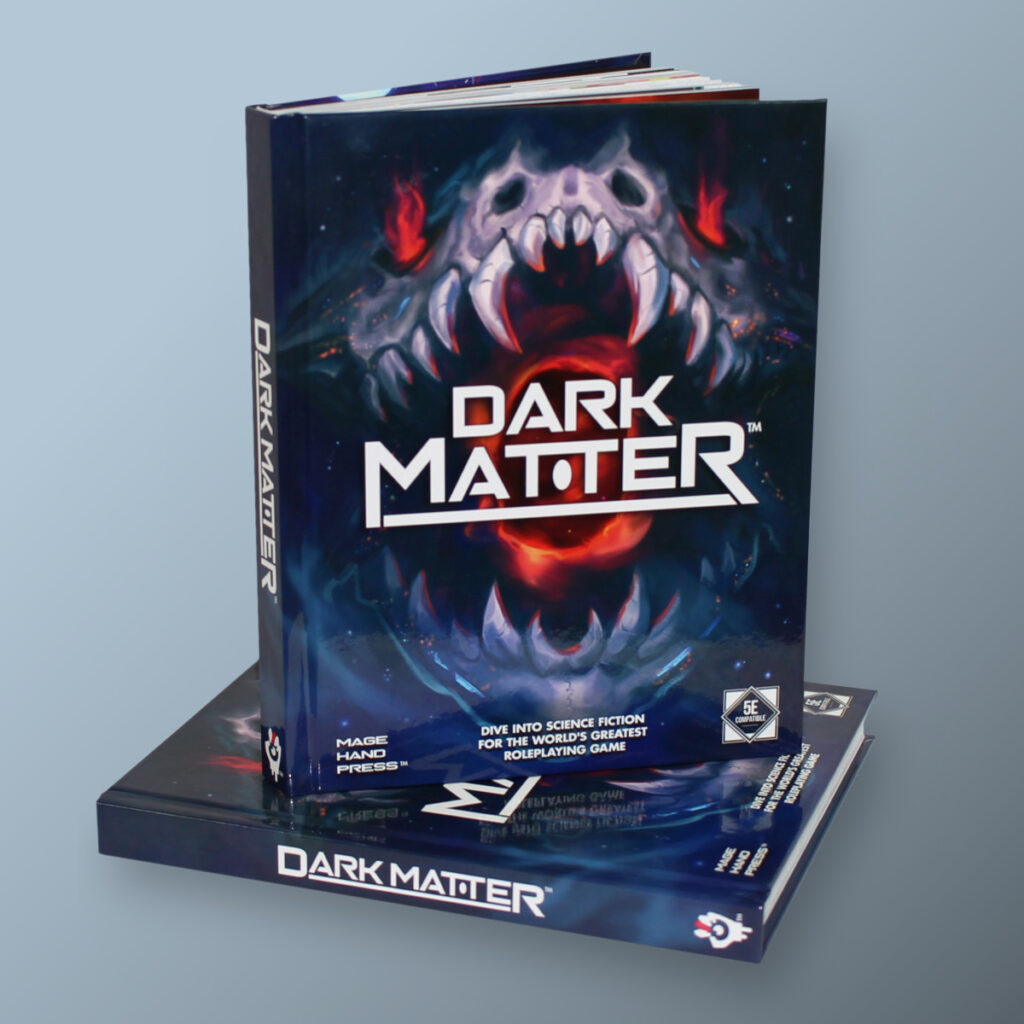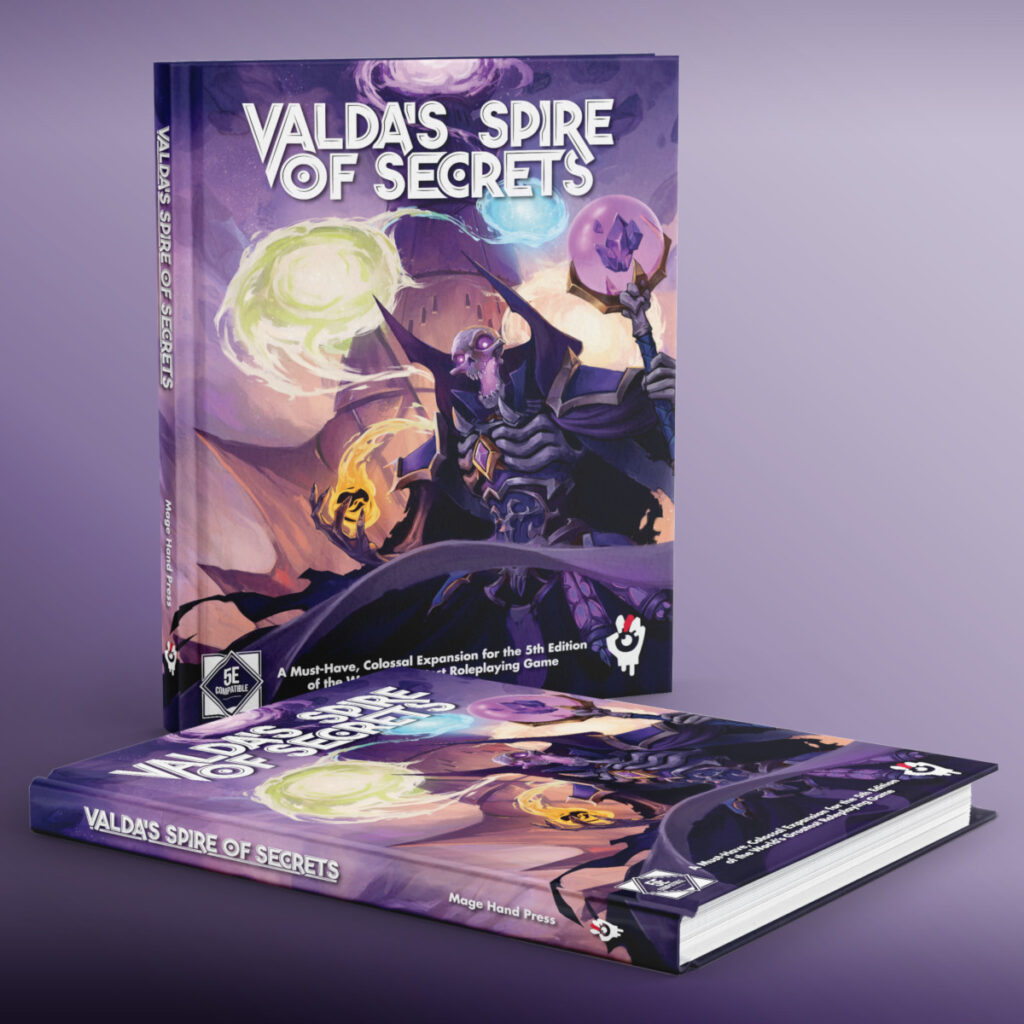Comments from the Finger: I love goblins. I think a lot of people do (including Felix Ashworth, who sent me an early goblin draft from his home campaign, that evolved into this; thanks Felix!)
I had a few options when it came to goblins, since there’s a lot of sources to draw from, the principle two being D&D’s Monster Manual goblins, and Pathfinder’s goblins. I read a lot about both, but the Pathfinder goblins made me want to play them (where the D&D goblins made me want to kill them.) Thus, I bring you the 5e Pathfinder Goblin!
Goblin
“Yaaaahh!” came the cry from out of the cave. Out of the door charged the horde of goblins. Yelling and shouting, we slashed and sliced at them. Their brown blood spilled out all over us, but even as the horde fell before us, more rushed forward to replace them. It was then we realized what a bad idea this had been.
-Darkon Skram, human fighter, on his first near-death experience.
Goblins are a race of childlike creatures with a destructive and voracious nature that makes them almost universally despised. Weak and cowardly, goblins are frequently manipulated or enslaved by stronger creatures that need destructive, disposable foot soldiers.
Voracious Hunger
Given enough supplies, a goblin eats nearly a dozen meals a day. Most goblin tribes never have enough supplies to accommodate their ravenous appetites, which inevitably leads to raiding, one of the great goblin pastimes. Collectively, an entire goblin tribe could, like a vast plague, strip the countryside of all its livestock and wildlife, along with anything that even remotely looks edible, but due to fear of leaving home and possibly losing their own territory to neighboring tribes, raiding parties tend to be small and mobile.
Horse hate, Dog Hate
Goblins have an immense, and well-founded, disdain for dogs and horses, the pets and steeds of man. Always the early-warning alarm of human settlements, dogs can always eek out the stench of goblins, even when they approach under cover of night. Of course, countless numbers of goblins have been torn to shreds by man’s best friend; it’s no wonder that the most common type of knife in the goblin language translates to ‘dogslicer.’ Horses are no better, able to stamp a goblin’s skull in with an errant step, and always ridden by humans on the warpath. Therefore, dogs and horses are the first to be slain if a goblin raiding party can enter a village unannounced.
In spite of this fact, goblins train wolves and occasionally worgs to ride as steeds, but they are quick to point out that these are not dogs. Certainly, this is a special brand of goblin animosity, and no amount of hair-splitting can convince them that dogs and wolves are remotely similar.
Impulsive Scavengers
Goblins are fundamentally impulsive, possessing little to no self-control.
Setting things on fire is another great goblin past time. Although fairly careful about lighting fires within their own tribe’s lairs, a goblin with a torch is a sign of terrible things to come. For this reason, alchemist’s fire and flasks of oil rarely last more than a few minutes in a goblin’s possession. Typically, fires begin just as soon as the goblin can determine what object within eyesight would look the most interesting ablaze.
This impulsiveness is a good candidate for explaining other odd goblin behaviors. For example, the fact that goblins think of things like ovens as good hiding places reveals much about their inability to think plans through to the most likely outcome. Moreover, they tend to be easily distracted, particularly by shiny things and animals smaller than them that might make a good meal.
Goblin Songs
It’s been widely rumored that goblins think writing and painting steals your soul, but the truth is, noone knows why goblins love to sing their songs. Around the campfire of a goblin lair, or in the midst of a raid on a human settlement, dozens of goblins chanting in unison can be a terrifying thing to hear. It’s possible that this is how goblins best remember things; that they use songs to communicate what things to eat, and what things to avoid. It would go a long way to explain goblins’ lack of common sense: some words are difficult to rhyme.
Goblin Names
Goblins have a single given name, but the most accomplished, nearly always including chieftains, also have a simplistic title reflecting their deeds.
Male Names: Boorgub, Chuffy, Churkus, Drubbus, Gawg, Ghorg, Gogmurch, Irnk, Kavak, Lunthus, Mogmurch, Mogawg, Murch, Nurpus, Pogus, Poog, Ronk, Rotfoot, Unk, Vogun, Zobmaggle, Zord.
Female Names: Aka, Chee, Fevva, Geedra, Goomluga, Gretcha, Hoglob, Janka, Klongy, Luckums, Lupi, Medge, Namby, Olba, Rempy, Reta, Ruxi, Vruta, Yalla, Ziku.
Titles: Dogchewer, Firesinger, Gutwad, Hogparts, Horsebiter, Mancooker, Moonslaver, Pokestick, Ripnugget, Stabsnacker, Stumpbumper, Swampstomper, Toechopper.
Goblin Traits
Ability Score Increase. Your Constitution and Dexterity scores increase by 1.
Age. Goblins have a short lifespan, living only to about 60 years, but procreate rapidly. It is for this reason that goblin tribes tend to be so virulent.
Alignment. Goblins are most often chaotic, and sometimes are evil as well. With few exceptions, goblins are defined by their generally destructive tendencies.
Size. Goblins stand around 3 feet tall. Your size is Small.
Speed. Your base walking speed is 25 feet.
Darkvision. Accustomed to life underground, you have superior vision in dark and dim conditions. You can see in dim light within 60 feet of you as if it were bright light, and in darkness as if it were dim light. You can’t discern color in darkness, only shades of gray.
Greenskin. Goblinoid creatures are adept are surviving in harsh conditions. You can go twice as long without food or water, or undergo a forced march for twice as long before suffering a level of exhaustion.
Nimble Retreat. As a bonus action on your turn, you can trade places with a willing creature within 10 feet without provoking Opportunity Attacks.
Languages. You can speak Common and Goblin. You can write notes comprehensible only to yourself, if need be, but cannot read or write in any conventional language. This does not hinder your ability to decipher arcane diagrams or divine symbols.
Subrace. There are two common goblin subraces: Cave Crawlers and Junk Scavengers. Choose one of these subraces.
Cave Crawler
Most goblin tribes choose to make their home in sprawling underground complexes, riddled with tunnels and passageways large enough only for them, though it’s not uncommon to find them inhabiting structures built for much larger creatures. The underground is an ideal goblin home, as it provides a defensible location from which to raid the surrounding settlements, and it limits the strength of larger creatures who intrude into their territory. For example, on normal ground, an ogre could crush dozens of goblins with ease, but it wouldn’t last long surrounded by goblins in a tight corridor.
Ability Score Increase. Your Constitution score increases by 1.
Spelunker. You are exceptional at squeezing through narrow passages and other tight spaces. You suffer no movement penalty from crawling, and, if you were standing when you began your turn, standing back up costs no movement.
Superior Darkvision. Your darkvision has a range of 120 feet.
Junk Scavenger
Some goblins tribes survive without the protection of a lair. Instead, these goblins exist in smaller groups, constantly raiding and scavenging through the refuse of other creature to find the useful things necessary to survive. They display a type of mad ingenuity, daily constructing insane contraptions from junk they find to accomplish a task, often hunting or defending themselves from larger predators, in the meanwhile collecting useful garbage from the waste. On any other creature, this ability to see usefulness in junk would look like genius; on a goblin, it almost always means inventive types of havoc is sure to follow.
Ability Score Increase. Your Dexterity score increases by 1.
Creative Intuition. You have advantage on Intelligence checks to determine new uses for an object, or to determine an item’s use.
Hasty Improvisation. With 1 minute of concentration, you can cobble together a makeshift version of a simple melee weapon. This is a normal weapon of its type, but breaks suddenly when you roll a 1 on an attack roll with it.
Changelog 12/14/15: Languages: You can’t read or write in Common or Goblin, but you can write notes you can understand later.
5/15/16: Hasty Improvisation: Weapons break on a natural 1



